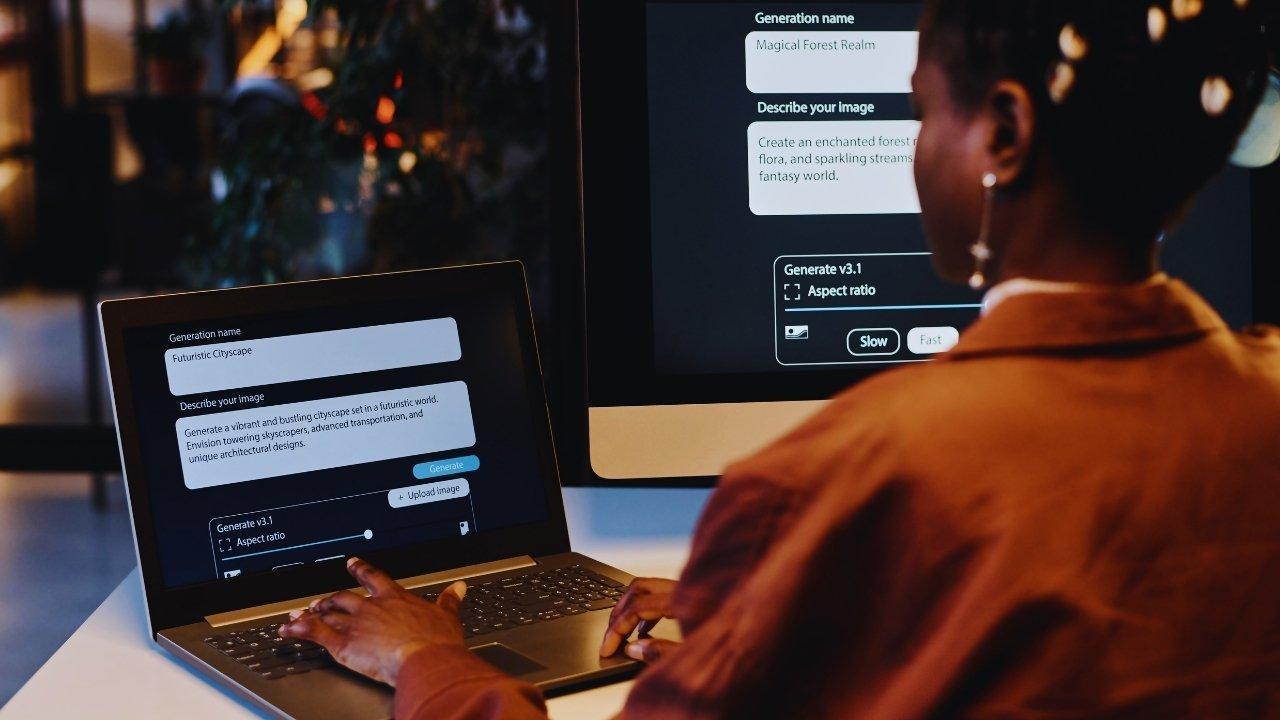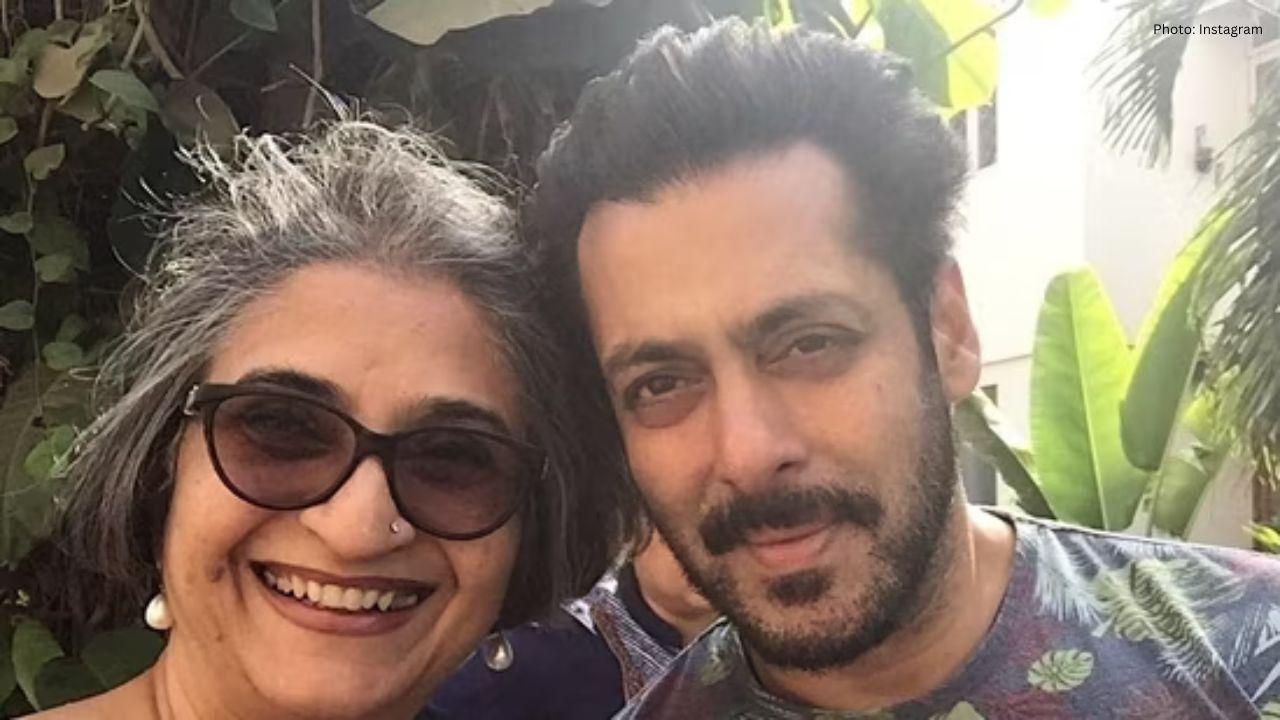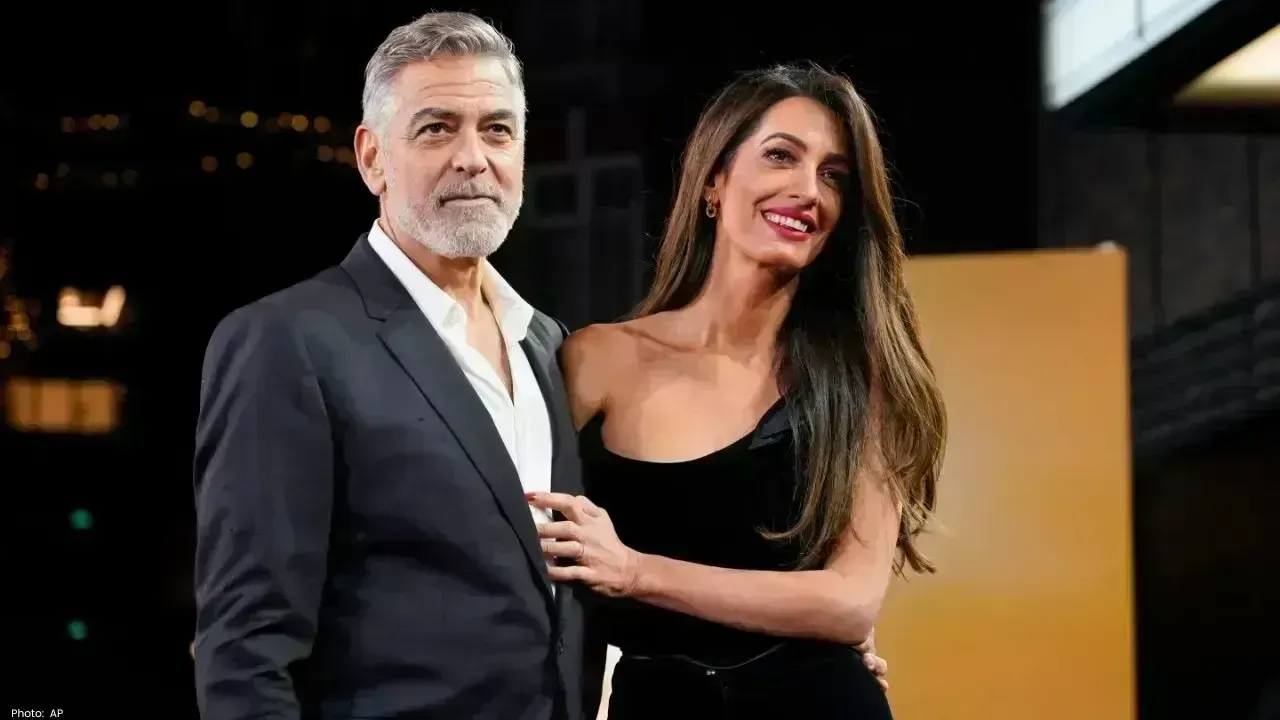You have not yet added any article to your bookmarks!

Join 10k+ people to get notified about new posts, news and tips.
Do not worry we don't spam!

Post by : Anis Farhan
A decade ago, making a film or even a short video meant expensive equipment, crews, software, and weeks of editing. Fast forward to 2025, and we live in a reality where typing a sentence like “a futuristic cityscape at sunset with flying cars” can instantly generate a cinematic-quality video. This shift, driven by AI video generators, is not just an evolution in technology—it’s a creative revolution that is changing how stories are told, who gets to tell them, and what audiences can expect from the future of visual entertainment.
AI video generation first gained traction with early tools capable of producing basic animations. What once looked like awkward, glitchy experiments has matured into polished, realistic, and often breathtaking video content. By 2025, the latest models can interpret prompts with remarkable nuance, producing clips that feel indistinguishable from professionally shot footage.
Unlike traditional CGI or animation software, AI tools learn from massive datasets of video, film, and photography, enabling them to replicate cinematic techniques like lighting, camera movement, and natural human motion. This allows anyone—whether a professional filmmaker or a casual creator—to create high-quality content without technical expertise or costly resources.
The sudden surge of AI video tools comes down to three core factors: speed, accessibility, and creativity.
Speed: What once required days of editing can now be generated in minutes.
Accessibility: A laptop and an internet connection are all it takes to create videos once reserved for Hollywood budgets.
Creativity: By lowering technical barriers, these tools empower everyday people to visualize stories and ideas previously locked in imagination.
From short social media reels to cinematic trailers, AI video generators are bridging the gap between thought and screen.
Hollywood and streaming platforms are paying close attention. Filmmakers are experimenting with AI-generated storyboards, background environments, and even fully AI-created short films. Production houses use AI to visualize concepts before deciding on big-budget shoots, saving millions in pre-production costs.
For independent filmmakers, AI video tools are leveling the playing field. A solo creator can now generate visuals that once required full production teams, opening doors for diverse storytelling from voices that may have been excluded by financial barriers.
Perhaps the biggest explosion of AI video generators is happening on social platforms. Creators who once struggled with editing software can now produce professional-quality reels, vlogs, and visual stories at the push of a button.
Platforms like Instagram, TikTok, and YouTube are being flooded with AI-enhanced content. This is leading to both excitement and challenges. On one hand, creators are producing more engaging material; on the other, questions of originality and authenticity are becoming harder to answer.
Skeptics often dismiss AI video tools as creativity-killers, but the reality is more nuanced. Instead of replacing human imagination, AI is expanding it. Artists, writers, and musicians are using AI video generators to visualize concepts that were previously limited to sketches or descriptions. A novelist can now see their characters move across a screen, while a musician can create visuals to match a song without a production budget.
AI is becoming a collaborator—a tool that enhances human vision rather than erases it.
Despite the hype, AI video generators come with a set of challenges.
Copyright and Ownership: Who owns the rights to AI-generated videos? The creator who typed the prompt, or the AI platform that generated it?
Deepfakes and Misuse: The same technology that creates art can also generate realistic fake videos, posing ethical and political risks.
Job Displacement: Some fear that AI could replace traditional roles in editing, animation, or even acting.
Quality Control: While improving rapidly, AI videos can still suffer from distortions, inconsistencies, or uncanny visuals.
Balancing innovation with regulation is becoming critical as AI reshapes media.
Advertising and marketing industries are quickly embracing AI video tools. Brands are using them to create localized ads in multiple languages, dynamic product demonstrations, and interactive campaigns—all without needing expensive shoots.
Corporate training and education are also being transformed. AI-generated explainer videos can break down complex concepts, personalize learning, and adapt in real time.
Traditional filmmaking is expensive, often costing thousands per minute of video. AI video generators dramatically cut costs. A startup with limited funds can now launch high-quality promotional campaigns that rival larger competitors. This democratization of visual storytelling is shifting the power balance in marketing, entertainment, and media production.
The real potential of AI video generators lies not in replacing traditional film but in expanding storytelling possibilities. Interactive films, customizable endings, and audience-driven narratives are becoming possible thanks to AI. Imagine watching a movie and choosing how characters act, with AI generating the scenes in real time.
We’re entering an era where storytelling is no longer limited by budgets, locations, or even physical constraints.
The challenge for society is not whether AI video generators are here to stay—they undoubtedly are—but how we balance their use responsibly. Safeguards against misinformation, guidelines for ethical creativity, and protections for human artistry are essential.
If used wisely, AI video tools can be as revolutionary as the printing press or the internet. They have the potential to democratize art, expand access to creative industries, and bring diverse stories to life.
The leap from text prompt to cinematic scene in seconds may sound like science fiction, but in 2025, it is everyday reality. AI video generators are changing not only how we create but also how we think about creativity itself.
This isn’t about machines taking over art—it’s about opening a canvas for millions of new creators to share their visions with the world. The future of cinema may not lie only in Hollywood studios but in the minds of ordinary people with extraordinary stories, brought to life by AI.
This article is intended for informational purposes only. The discussion on AI video generators reflects current trends and technological developments as of 2025. Readers should evaluate tools and practices responsibly, considering ethical, legal, and social implications before applying them in creative or commercial contexts.










Rashmika Mandanna, Vijay Deverakonda Set to Marry on Feb 26
Rashmika Mandanna and Vijay Deverakonda are reportedly set to marry on February 26, 2026, in a priva

FIFA Stands by 2026 World Cup Ticket Prices Despite Fan Criticism
FIFA defends the high ticket prices for the 2026 World Cup, introducing a $60 tier to make matches m

Trump Claims He Ended India-Pakistan War, Faces Strong Denial
Donald Trump says he brokered the ceasefire between India and Pakistan and resolved eight wars, but

Two Telangana Women Die in California Road Accident, Families Seek Help
Two Telangana women pursuing Master's in the US died in a tragic California crash. Families urge gov

Ranveer Singh’s Dhurandhar Roars Past ₹1100 Cr Worldwide
Ranveer Singh’s Dhurandhar stays unstoppable in week four, crossing ₹1100 crore globally and overtak

Asian Stocks Surge as Dollar Dips, Silver Hits $80 Amid Rate Cut Hopes
Asian markets rally to six-week highs while silver breaks $80, driven by Federal Reserve rate cut ex